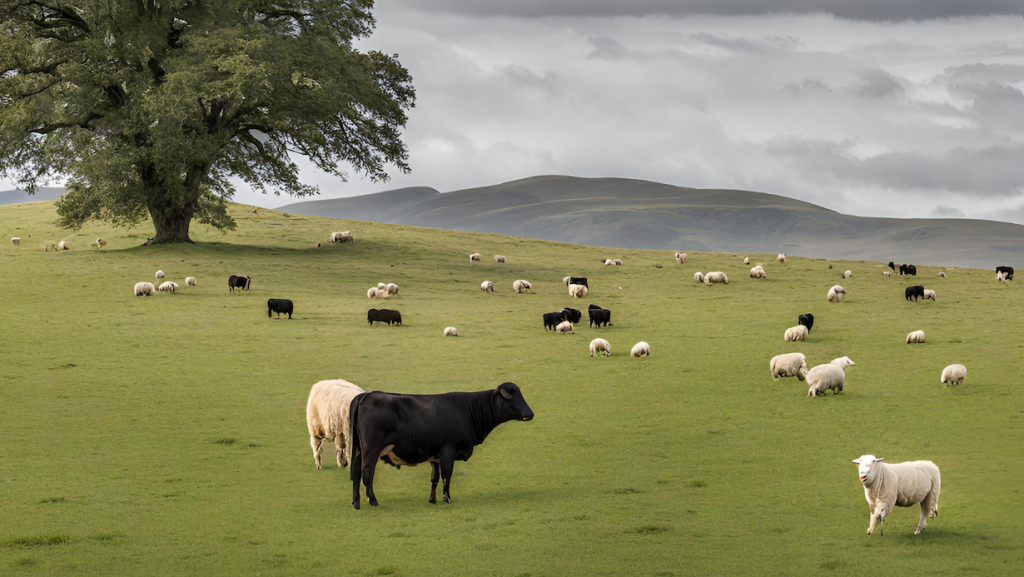Spoiler alert: One of the recurring themes in Lone Tree Claim is the conflict between cattlemen and sheepherders.
As farmers, ranchers, and sheepherders moved into the open range of the western frontier, this conflict was not just inevitable, but also a significant part of American history. While there were millions of acres of open-range grassland for grazing, cattlemen saw sheep as invaders. Cattlemen had myriad slurs for sheep and sheepherders, such as “hooved locusts.” This clash between two factions shaped the landscape of the American West.
So, cattlemen vs. sheepherders seemed a logical plot point for this story. Katie Rose Kelly is a (pardon the pun) dyed-in-the-wool sheepherder. Her love interest, Jake Riley, is a cowboy on one of the territory’s most prominent cattle ranchers. That’s conflict #1.
Conflict #2 is the competition for grazing land between cattle and sheep. Cattle graze on tender grasses of the prairie, while sheep are less particular about their forage and will graze on grass, as well as weeds and scrub vegetable, leaving less vegetable to hold down the top soil. Less top soil meant new-growth grass will have a tougher time emerging.
According to Wikipedia, between 1870 and 1920, approximately 120 engagements occurred in eight states or territories. At least 54 men were killed, and some 50,000 to over 100,000 sheep were slaughtered. Most of those fatalities occurred in Texas, Arizona, Wyoming, Colorado and Idaho.
The book does take some literary license with the range war theme, which actually heated up in the 1880s rather than the 1860s, which is the setting for Lone Tree Claim. Nevertheless, range wars were a reality on the open plains in the 1800s.

